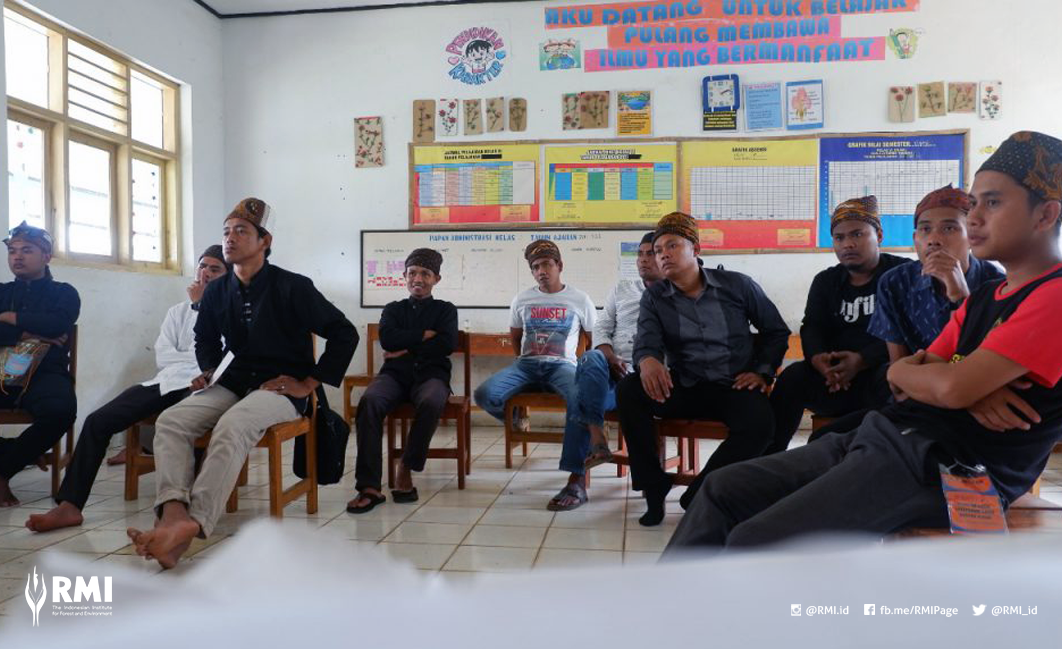
oleh admins | Agu 28, 2020 | Kampanye Publik, Kebijakan Pengelolaan SDA yang Inklusif, Pengelolaan Pengetahuan, Pengorganisasian Masyarakat, Regenerasi Pengelolaan SDA, Relawan
Indigenous people have their own local wisdom in protecting the environment and managing their natural resources. BRWA (2009) states that forests located in indigenous peoples’ territories are of good quality. Seeing this, the local wisdom should be an...

oleh admins | Agu 3, 2020 | Jender dan Pengelolaan SDA, Kepemimpinan Perempuan dan Pemuda dalam PSDA, Kerja RMI, Program, Regenerasi Pengelolaan SDA
“Bagaimana kamu memandang identitasmu sebagai masyarakat adat di masa kini, disaat modernisasi, terutama teknologi informasi dan digitalisasi telah semakin mengubah cara kita berinteraksi dengan lingkungan kita, dan lebih jauh telah mempengaruhi cara kita memandang...

oleh admins | Agu 3, 2020 | Jender dan Pengelolaan SDA, Kepemimpinan Perempuan dan Pemuda dalam PSDA, Kerja RMI, Pengorganisasian Masyarakat, Program, Regenerasi Pengelolaan SDA
“How do you perceive your identity as being indigenous in present days, when modernization, especially information technology and digitalisation have further changed the way we interact with our surroundings, and have further influenced the way we see things,...

oleh admins | Mar 27, 2019 | Jender dan Pengelolaan SDA, Regenerasi Pengelolaan SDA
The presence of Kasepuhan indigenous youth in Riungan Gede (Grand Meeting) hosted by Indigenous People Union of Kasepuhan Banten Kidul (Kesatuan Masyarakat Adat Kasepuhan Banten Kidul—SABAKI) in 2019 was the first time ever happened in the history. It was the first...

oleh admins | Mar 16, 2019 | Jender dan Pengelolaan SDA, Regenerasi Pengelolaan SDA
Pemuda Adat Kasepuhan Cirompang, Karang, dan Pasir Eurih menjadi peserta sarasehan dalam Riungan Gede SABAKI XI, di Desa Citorek, Kecamatan Cibeber, Kabupaten Lebak, Sabtu (2/3/2019) Kehadiran generasi muda adat kasepuhan dalam Riungan Gede Kesatuan Masyarakat Adat...

oleh admins | Jan 29, 2019 | Kebijakan Pengelolaan SDA yang Inklusif, Regenerasi Pengelolaan SDA
Pada Jumat-Minggu, 14-16 Desember 2018 dilaksanakan Sekolah Lapang Hutan Adat (SLHA) Seri 2 di Desa Sindanglaya, Kecamatan Sobang, Kabupaten Lebak. Peserta yang terlibat aktif dalam kegiatan ini adalah pemuda, tetua dan perempuan adat Kasepuhan Pasir Eurih. Selama...






